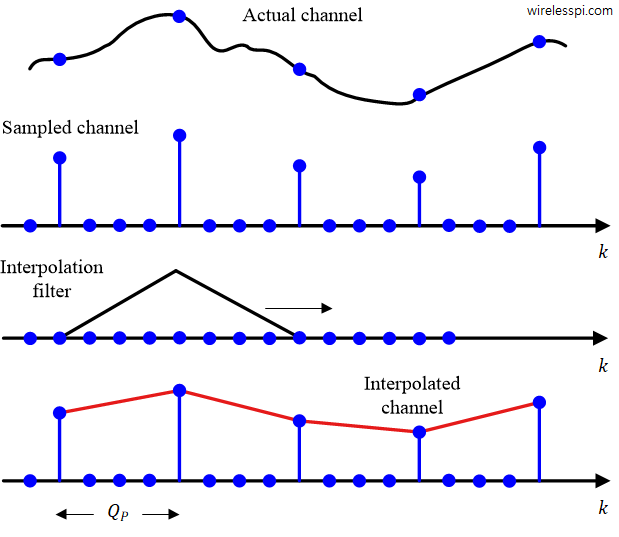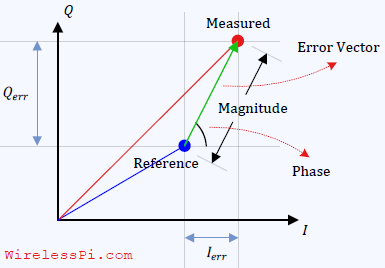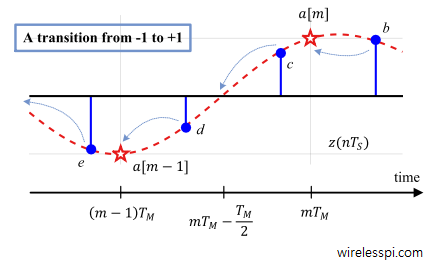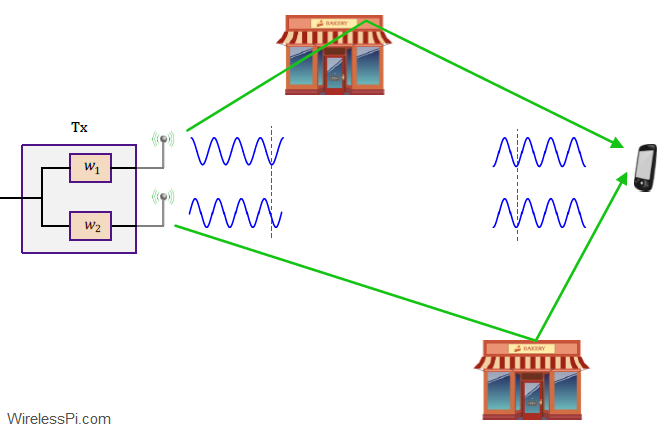Channel estimation in single-carrier systems has been described in a previous article. In OFDM systems, each subcarrier acts as an independent channel as long as there is no Inter-Carrier Interference (ICI) left in the synchronized signal. The options of both a training sequence and individual pilots are available for channel estimation and the choice between the two depends on time variation rate of the channel as well as the computational complexity. Many systems acquire the channel through the preamble while employ the pilots for channel tracking. The discussion in this article is mostly based on Ref. [1]. For a simplified
Continue reading



